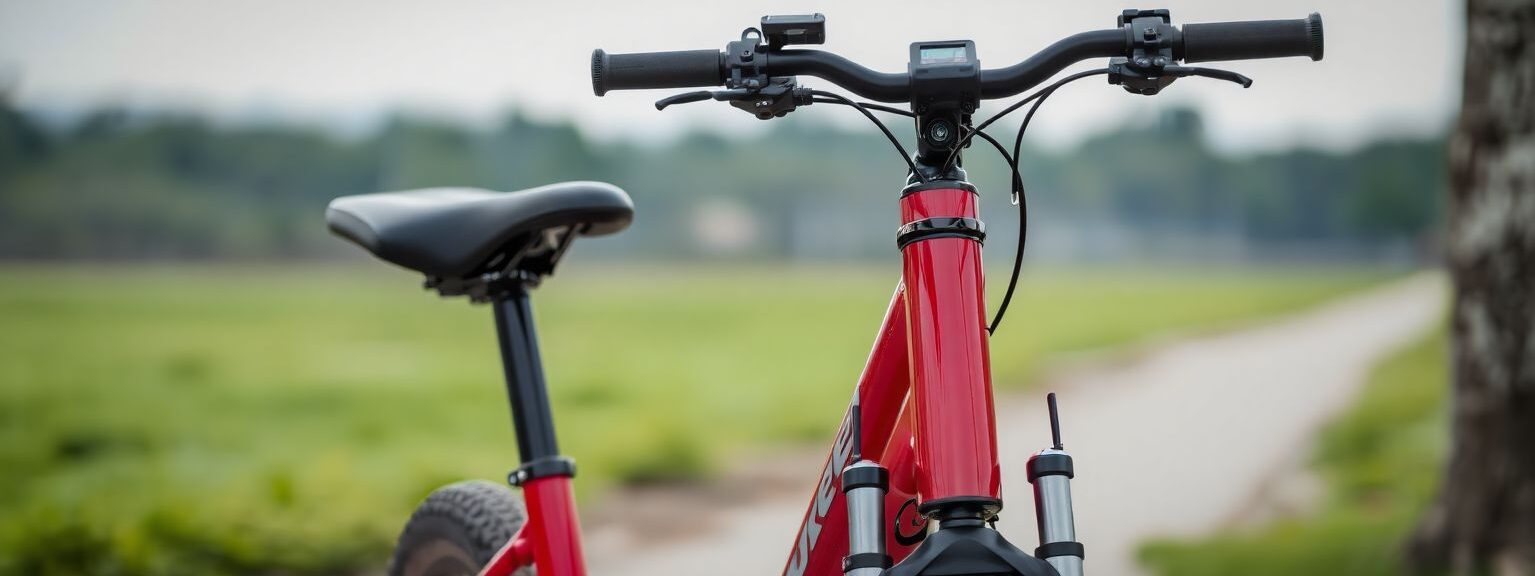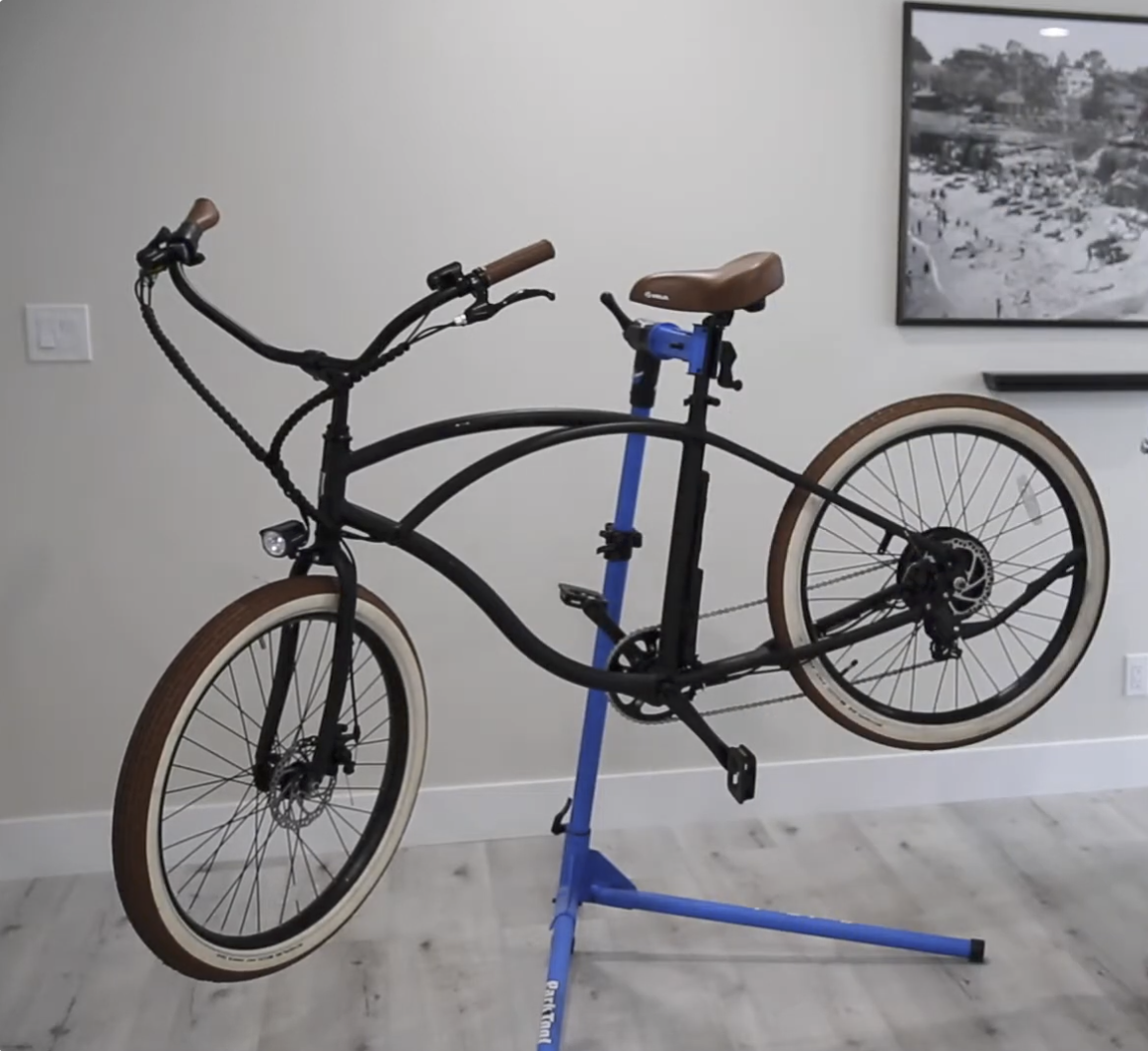Struggling with e-bike issues? Our comprehensive troubleshooting guide covers battery problems, motor failures, and display errors. Get your electric bike running smoothly again!
Your e-bike was supposed to make life easier, not turn you into a roadside mechanic armed with nothing but frustration and a growing vocabulary of colorful words. Yet here you are, staring at your silent electric companion like it personally betrayed your trust.
Don’t worry – we’ve all been there. Even the most reliable e-bikes occasionally decide to take an unscheduled vacation from working properly. The good news? Most e-bike problems have surprisingly simple solutions that don’t require a PhD in electrical engineering.
How to Troubleshoot and Fix an Electric Bike
Battery Blues: When Your Power Source Goes Rogue
Let’s start with the heart of your e-bike – the battery. It’s amazing how something so crucial can be so temperamental.
Dead Battery Drama
Your battery won’t charge, and you’re wondering if it’s joined the ranks of electronic paperweights. Before you start shopping for a replacement, try these steps:
Check the obvious stuff first. Yes, we know you’re not stupid, but sometimes the simplest explanations are the right ones. Is the charger actually plugged into the wall? Is the outlet working? We’ve seen grown adults troubleshoot complex electrical systems only to discover they forgot to flip the power switch.
Inspect your charger. Look for any obvious damage to the charging cable or adapter. If you’ve got a multimeter handy, test the output voltage. No multimeter? Try borrowing a charger from a friend with the same e-bike model, or check if your local bike shop can test it.
Temperature matters more than you think. Lithium batteries are surprisingly picky about temperature. If it’s freezing cold or blazing hot, your battery might refuse to charge as a safety measure. Bring it indoors and let it reach room temperature before trying again.
Battery Draining Faster Than Your Patience
Your once-reliable battery now dies quicker than a smartphone at a music festival. Here’s what might be happening:
Age isn’t just a number. If your battery is over three years old and has seen regular use, it’s probably showing its age. Lithium batteries naturally lose capacity over time – it’s not personal, it’s just chemistry.
Check your riding habits. Are you suddenly conquering more hills? Riding against stronger headwinds? Carrying more cargo? All these factors can drain your battery faster than usual.
Look for power vampires. Some e-bike displays and lights draw power even when the bike is off. If you’re not riding for extended periods, disconnect the battery or store it with a partial charge.
How to do common ELECTRIC bike maintenance
Motor Mysteries: When Your Engine of Joy Goes Silent
A non-responsive motor can turn your e-bike into an overpriced regular bicycle. Here’s how to diagnose what’s wrong.
The Motor Won’t Start
You’re ready to ride, but your motor has other plans. Before you panic:
Double-check your connections. Motor cables can work loose over time, especially if you’ve recently transported your bike or done maintenance. Look for any obvious disconnections or corrosion around connection points.
Examine the throttle or pedal-assist sensor. If you have a throttle, make sure it returns to the neutral position when released. For pedal-assist systems, check that the sensor near your pedals isn’t damaged or misaligned.
Test different assist levels. Sometimes only certain power levels fail. If level 3 works but level 1 doesn’t, you’re dealing with a controller issue rather than a complete motor failure.
Motor Cuts Out Randomly
Nothing’s more frustrating than having your motor quit mid-ride, leaving you wondering if you’ll make it home under your own power.
Heat can be the culprit. Motors have built-in thermal protection that shuts them down when they get too hot. If this happens during long climbs or hot weather, let the motor cool down for 10-15 minutes before continuing.
Check for loose connections again. Vibration from riding can gradually loosen electrical connections. A connection that’s almost secure might work sometimes but fail when you hit a bump.
Look at your controller. The controller is like the brain of your e-bike’s electrical system. If it’s getting conflicting signals or overheating, it might shut down the motor as a safety measure.
Display Disasters: When Your Screen Goes Rogue
Your display is the window into your e-bike’s soul. When it starts acting weird, here’s what to check.
Blank or Flickering Display
A dead display doesn’t necessarily mean a dead e-bike, but it sure makes everything more difficult.
Power cycle everything. Turn off your e-bike completely, disconnect the battery for a few minutes, then reconnect and power up. This simple reboot fixes more problems than you’d expect.
Check the display connections. The cable connecting your display to the main system can work loose or get damaged. Look for any obvious issues with the connector or cable.
Moisture might be the villain. Even water-resistant displays can develop problems if moisture gets into the connections. If you’ve been riding in wet conditions, give everything time to dry out completely.
Error Codes That Look Like Alien Languages
Your display is flashing cryptic codes, and you’re pretty sure your e-bike isn’t trying to phone home.
Consult your manual. We know, we know – who reads manuals? But error codes are actually useful diagnostic tools. Most manufacturers include error code explanations in their documentation.
Common codes to know: Error 21 often indicates speed sensor issues, while Error 30 usually points to communication problems between components. Error 25 typically means throttle problems.
Write down the exact code. When you contact customer support or visit a bike shop, having the specific error code will save everyone time and frustration.
When To Service Your E-Bike – Basic EMTB service Tutorial
Mechanical Mayhem: When Physics Rebels
Not all e-bike problems are electrical. Sometimes good old-fashioned mechanical issues are to blame.
Brakes That Grab or Don’t Stop
Your brakes are arguably more important than your motor – you need to stop safely.
Check brake pad wear. Electric bikes are heavier than regular bikes and often go faster, which means brake pads wear out quicker. If you can see metal backing through the pad material, it’s replacement time.
Look for contamination. Oil, dirt, or even overzealous chain lube can contaminate brake pads and reduce stopping power. Clean rotors with isopropyl alcohol and replace contaminated pads.
Adjust cable tension. For mechanical brakes, cable stretch over time can reduce braking power. Most brake levers have barrel adjusters that let you take up slack without tools.
Chain and Gear Gremlins
A poorly shifting e-bike can turn every ride into an exercise in frustration management.
Chain wear adds up faster. The extra power from your motor puts additional stress on your drivetrain. Check chain wear more frequently than you would on a regular bike.
Derailleur adjustment might be needed. If your gears aren’t shifting smoothly, your derailleur might need adjustment. While this can be a DIY job, it’s often worth having a professional handle it unless you’re comfortable with bike mechanics.
Don’t forget basic maintenance. Keep your chain clean and lubricated. A dirty, dry chain not only shifts poorly but also drains your battery faster by creating additional resistance.
Tire Troubles in the Electric Age
Even the most advanced e-bike still rolls on rubber, and tire problems can strand you just as effectively as electrical issues.
Frequent Flats
Getting more punctures than usual? E-bikes present some unique challenges.
Higher speeds mean more debris. You’re probably riding faster than you would on a regular bike, which gives you less time to avoid road hazards and means you hit debris with more force.
Check tire pressure religiously. Underinflated tires are puncture magnets. The extra weight of an e-bike makes proper inflation even more critical.
Consider tire upgrades. If you’re getting flats frequently, investing in puncture-resistant tires or tire liners can save you countless roadside repairs.
Electric bike not working? Try these Troubleshooting steps!
Prevention: Because Fixing Problems is Less Fun Than Avoiding Them
The best troubleshooting strategy is preventing problems in the first place.
Regular maintenance pays dividends. Clean your bike regularly, keep the chain lubed, and check tire pressure before rides. It’s not exciting, but it works.
Store your battery properly. Don’t leave it completely discharged for long periods, and avoid extreme temperatures. If you’re storing your bike for winter, keep the battery at about 50% charge and check it monthly.
Learn your bike’s normal behavior. The sooner you notice something’s different, the easier it usually is to fix. Pay attention to how your bike normally sounds, feels, and responds.
When to Call in the Professionals
Sometimes the best troubleshooting advice is knowing when you’re in over your head.
Electrical problems can be tricky. If you’re not comfortable working with electrical systems, don’t risk making things worse. E-bike electrical systems can be expensive to replace if you accidentally damage them.
Warranty considerations matter. If your bike is still under warranty, attempting certain repairs yourself might void that coverage. When in doubt, check with your dealer first.
Safety always comes first. If you’re experiencing problems with brakes, steering, or any safety-critical system, don’t take chances. Get professional help before your next ride.
Electric bike not working? Try these Troubleshooting steps!
Final Thoughts: You’ve Got This
E-bike troubleshooting might seem intimidating at first, but most problems have logical explanations and reasonable solutions. Start with the simple stuff, work methodically through the possibilities, and don’t be afraid to ask for help when you need it.
Remember, every e-bike owner has been where you are now – staring at a problematic bike and wondering what went wrong. The good news is that once you solve a problem, you’ll know how to handle it if it happens again.
Your e-bike wants to work as much as you want it to work. Sometimes it just needs a little encouragement to remember how.


